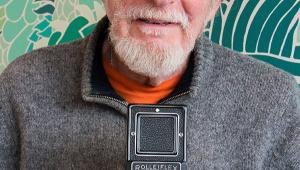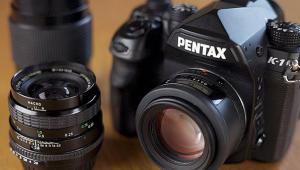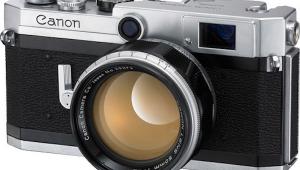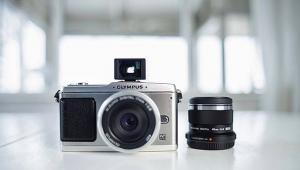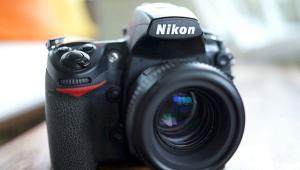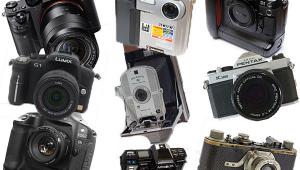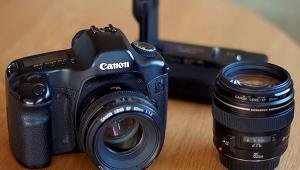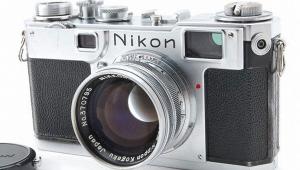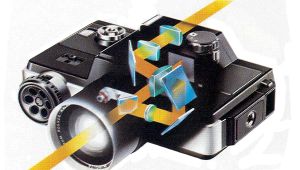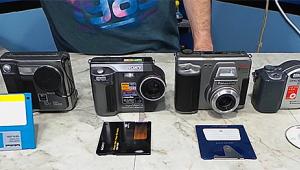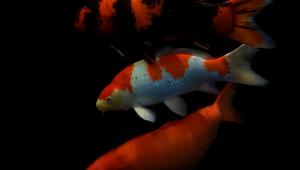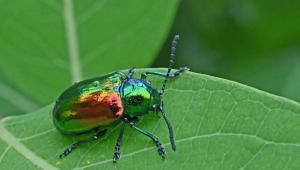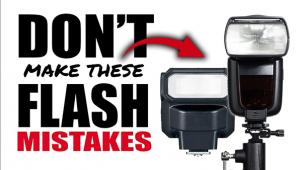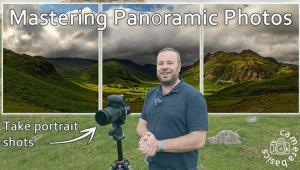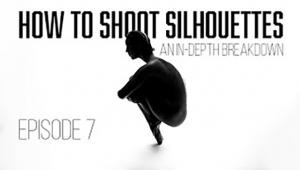Norman Goldberg’s Camcraft Motor For Leica; A Photo Columnist’s Invention
Those who read Popular Photography magazine in the years from 1972 to 1987 will be familiar with the name and with part of the work of Norman Goldberg, who was its technical director over that period. They and others may also know his book Camera Technology: The Dark Side of the Lens (Academic Press, 1992).
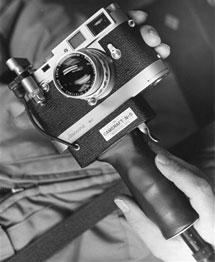 |
Goldberg is perhaps best known, in the Leica world, as the creator of the Camcraft N-5 electric motor drive for the Leica M2 and MP. However, also to his credit were several other inventions for Leicas and other cameras. The clip he designed to permit wearing an M Leica on the belt was widely used; though his modification to the Visoflex reflex housing, involving either a prism or a pellicle mirror, was of interest only to a very few photographers.
Besides these inventions, he designed and built a great deal of equipment for the testing of cameras and lenses. He held numerous patents. This combination of practical skills with a thorough understanding of the underlying physics must be called unusual. He was a good writer as well, and his copiously illustrated Camera Technology is a product of this mixture of talents. I am one of those who remember his easily understood writing for Popular Photography, from which many readers benefited.
This article concerns Goldberg’s motor drive for the Leica M2 camera. Illustrations and details came from his son, Donald Goldberg, now a well-known camera technician who lives in Oregon, Wisconsin, where he runs DAG Camera Repair.
Norman Goldberg had been working on a motor drive for Leicas for some time before the M2 was released in 1957. When he examined the new model he intensified his efforts and the Camcraft N-5 was unveiled in 1961. Some 30 units had been sold by 1964. Battery packs and a charger were offered, as well as “remote activating devices.”
Goldberg then made major modifications to the design, and the end result was the Remodrive, which was manufactured by Technical Photomation Instruments of Los Angeles. Leitz bought the rights to this development, and over the years they manufactured a thousand or more units of the “N.Y. motor” which were sold with the M2M submodel and, later, with the M4M.
In making his N-5 motor drive, Goldberg did not reinvent the wheel. He chose instead to use the preexisting Leicavit MP to mate the electric motor with the camera. The motor was contained in a moulded plastic grip, into the end of which was plugged a cable running from a battery pack which hung from the photographer’s shoulder. A wet-cell battery was used. Up to 3.6 exposures a second were possible at shutter speeds of 1⁄50 sec and faster.
The shutter release button was depressed, at intervals synchronized with the film advance and shutter tensioning, by a reciprocating L-shaped strip of metal. The use of an external linkage made it possible to quickly and easily replace a camera body whose film had been used up with another body loaded with a fresh roll.
The N-5 motor drive was successful because it was a simple and robust device born of ingenuity and intelligent design using the newest technology of the time. Leitz abandoned their own efforts and bought the rights to Goldberg’s redesigned motor drive because he had used a good small electric motor—as well as micro-switches, at that time available only in the U.S.A., a spin-off of the space program.
Norman Goldberg may well have created many other similar products if his time and energy had not been devoted, at Popular Photography, to running the magazine’s testing program and explaining often complex technical matters to readers.
Norman Goldberg
Norman Goldberg was born in Chicago in 1931 and, after serving a five-year apprenticeship in camera repair and attending the Illinois Institute of Technology, moved to Wisconsin in 1951. There he established Camcraft, an independent workshop which specialized in repairs and custom modifications to professional photographic equipment. In 1966 he became a technical consultant to Popular Photography, devising a lens testing program for them and creating their testing laboratory, and in 1972 he joined the staff of the magazine. He retired in 1987 and died in 2006.


